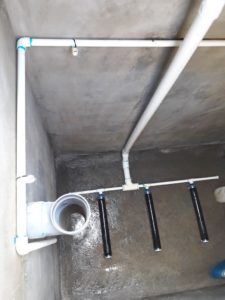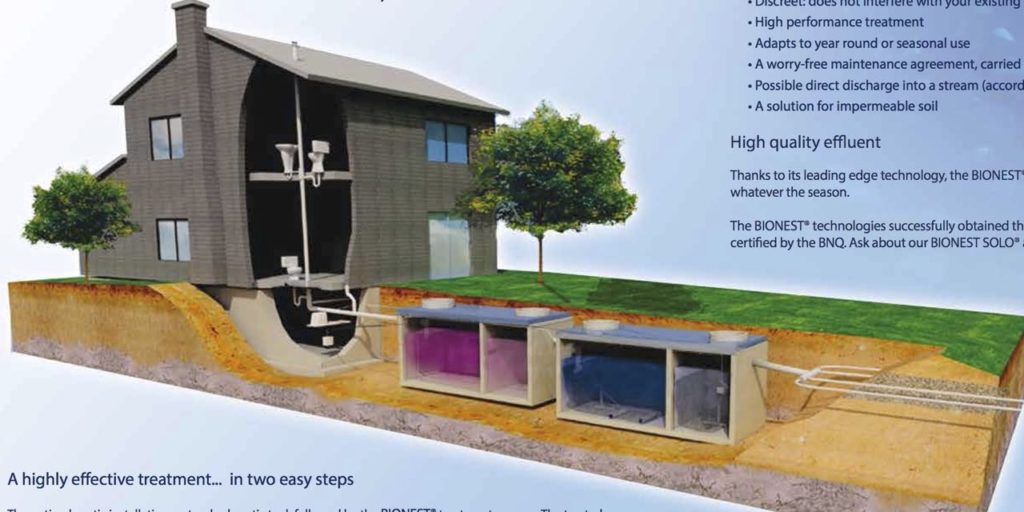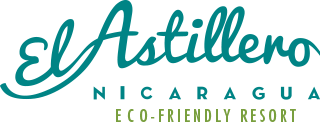Bionest Technologies is proud to have the opportunity to present a quotation for
the wastewater treatment for the project located in Nicaragua.
A brief description of the BIONESTTM system is presented to you to fully appreciate
the advantages of it. A preliminary design of the proposed treatment unit as well
as the associated cost can be found within this document.
THE BIONESTTM SYSTEM
The BIONESTTM system is an advanced
generation of onsite wastewater
treatment systems. It combines all the
advantages of a durable and simple
natural system as well as the peace of
mind provided by a permanent unit that
never needs replacement. The biological
process consists in a submerged fixed film
bioreactor. The biomass develops and
firmly attaches to both sides of the “ribbon
shaped“plastic media {refer to figure 1)}.
Its tremendous amount of bacterial
growth provides the reactor with an
outstanding performance and resistance
to hydraulic shocking. In comparison with
systems using an organic media (peat
moss or other filter media) that needs
frequent expensive replacement, the
BIONESTTM media will never have to be
replaced.
Constant aeration of the first 2/3 of the reactor with warm air from a building
assures constant and optimal biological activity independently from the outside
temperature. Linear air diffusers connected to small diaphragm air pumps are
used for aeration. This type of pump is powerful (10 psi), silent (39 dB), economic
(95 to 288 W depending on the model) and inexpensive to service.

The major advantages of BIONESTTM systems are:
High level of treatment
Modular configuration; the system will grow as the demand of your
project grows
Clear, odorless and reusable effluent;
Organic and hydraulic shock resistant;
Buried and usually no need of technical building;
Media never to be replaced;
Reliable and long-lasting components; and
Low operation and maintenance costs.
www.bionest.ca
PROJECT DESCRIPTION:
PROPOSED LEVEL OF TREATMENT
For El Astillero Resort, the treated effluent by the BIONESTTM treatment unit shall be
used for irrigation, infiltration or discharged into a natural body. By adding chlorination, the treated effluent can even be used as potable drinking water!!!
https://m.youtube.com/watch?v=howYP0LDOEo
Images below show construction of the basic system and treated effluent tank (center)







